Cargando...
Recursos educativos
-
Nivel educativo
-
Competencias
-
Tipología
-
Idioma
-
Tipo de medio
-
Tipo de actividad
-
Destinatarios
-
Tipo de audiencia
-
Creador
Lo más buscado
- Regiones de Alemania
- Actividades de arte para niños
- Gremios edad media
- Música afrocubana
- Actividades educativas para niños en segundo
- Alimentación saludable en cuarto
- Actividades imprimibles para primaria
- Lagos de Asia
- Experimentos con globos
- Actividades musicales en segundo
- Juan Carlos Onetti
- lectura para niños
- Animales dibujados para tercero
- Historia de Euskal Herria
- Mujeres matemáticas en la historia
-
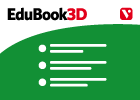
The nervous system
EduBook Organización
- 7424 visitas
Right now, you are reading these words and you understand them. If you see food when you are hungry, your mouth starts to water. If you burn your hand, you move it away immediately. You automatically do…
-
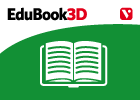
Invertebrates
EduBook Organización
- 6261 visitas
What are invertebrates? Invertebrates are animals that do not have a spinal column. They live in many different places and can be herbivores, carnivores or omnivores. All invertebrates are oviparous.…
-
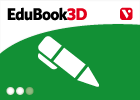
Check. Romanticism: a passion for life
EduBook Organización
- 5090 visitas
Remember what you have studied in this section and answer the questions: How did the style of paintings created in the Romantic era differ from those produced in the neoclassical period? What were the…
-
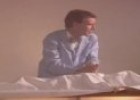
Bone and muscles
Maria Pallarés Docente
- 2 lo usan
- 9021 visitas
“Bones & Muscle” program of Bill Nye the Science Guy series. It is a good resource to introduce the characteristics or the motor system and answer questions like these: how many bones are ther…
-
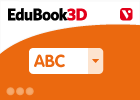
Final self-evaluation 10.07 - The Animal Kingdom (I). Invertebrates
EduBook Organización
- 4684 visitas
Are the following sentences true or false? Arthropods are invertebrates. Arthropods have bodies divided into antennae, head and abdomen. Arachnids are arthropods with six legs. Centipedes are myriapods.…
-
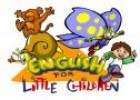
English for little children
INTEF Organización
- 69 lo usan
- 6993 visitas
Set of educational games with which to study the basic vocabulary of English for Early Childhood Education and the First Cycle of Primary Education. The resource consists of 10 items with 2 levels of…
-
Check what I know
EduBook Organización
- 4361 visitas
Complete the sentencens. The is made up of bones, muscles and joints. Our help us understand the world around us. The allows us to interpret the information we receive. Bones are the parts of the human…
-
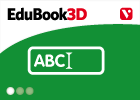
Complete a summary. Animal reproduction
EduBook Organización
- 4289 visitas
Write the following words in the correct spaces: splitting oviparous asexual outside metamorphosis internal viviparous embryo ova sexually mother egg sperm external Animals can reproduce or asexually.…
-
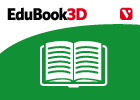
-
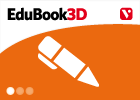
Check. Energy transfer
EduBook Organización
- 3949 visitas
Remember what you have studied in this section and answer the questions: What is heat? When a body absorbs thermal energy, what does it use it for? What is a heat source? With a classmate, give examples…
Te estamos redirigiendo a la ficha del libro...













